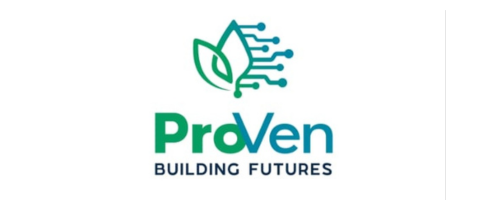Understanding Proven Collaboration
Proven collaboration refers to a systematic and structured approach whereby individuals and teams work collectively towards shared goals, leveraging each other’s strengths and resources. It encompasses genuine partnerships that are not only beneficial but also predictable in delivering desired outcomes. In today’s dynamic work environments, understanding and implementing proven collaboration has become essential for teams and organizations seeking to thrive amidst challenges and competition.
One of the foundational principles of effective collaboration is trust. Without trust, team members may hesitate to share ideas or seek help, hindering the collaborative process. Trust fosters open communication, allowing for the free flow of information and ideas which is crucial for innovation. Another principle is clear communication; teams that convey their messages clearly and intentionally tend to avert misunderstandings and enhance their collaborative efforts. Moreover, establishing shared goals ensures that all members are aligned and motivated toward a common objective, reinforcing a shared sense of purpose.
The benefits of adopting a proven collaborative approach are multifaceted. Organizations that prioritize collaboration often experience increased productivity as team members work more efficiently together and share responsibilities. This collaborative synergy can lead to enhanced creativity, as diverse perspectives contribute to brainstorming and solution generation. Improved problem-solving capabilities also arise from effective collaboration, as collective efforts enable teams to tackle issues from multiple angles, ensuring more robust solutions.
Real-world examples abound, demonstrating the impact of proven collaboration across various industries. In the tech sector, for instance, companies like Apple and Google have harnessed collaborative models to develop innovative products by inter-departmental teamwork. In healthcare, multidisciplinary teams improve patient outcomes by sharing expertise and resources, thereby exemplifying how effective collaboration can meet complex challenges. Such instances underscore the value of commitment to proven collaboration in achieving not only organizational goals but also enhanced service delivery.
Implementing Proven Collaboration Strategies
Effective collaboration is essential for any organization aiming to achieve its goals. To implement proven collaboration strategies within your teams, the first step is to build the right team dynamics. This involves assembling diverse groups that bring together varying perspectives, skills, and experiences. Such diversity not only enhances creativity but also fosters innovative problem-solving. Encouraging open communication among team members is crucial in creating an environment where individuals feel safe to express their ideas and share their feedback.
Next, fostering an inclusive culture is key in ensuring that all voices are heard and valued. This can be achieved through various initiatives, such as training programs focused on diversity and inclusion, which can sensitize team members to differing viewpoints and the importance of collaboration. It is vital to cultivate an atmosphere where every member recognizes their role in the collaborative process and understands that their contributions are significant.
Utilizing technology tools can significantly enhance collaboration. Technologies such as project management software, communication platforms, and collaborative document editing tools can help streamline processes and keep everyone on the same page. It is essential to select tools that cater to the specific needs of your team, ensuring they are user-friendly and integrated seamlessly into the workflow. Moreover, establishing clear objectives and expectations before embarking on a collaborative project sets a defined direction, ensuring that all members understand their roles and responsibilities.
However, organizations may encounter several common challenges, such as miscommunication, differing priorities, or resistance to change. Addressing these obstacles requires ongoing dialogue and flexibility in approaches. Creating a feedback loop encourages teams to continuously assess their collaboration process and refine practices as necessary. Finally, conducting a thorough assessment of current collaboration practices can enable organizations to identify gaps and implement the necessary adjustments for improved outcomes.







